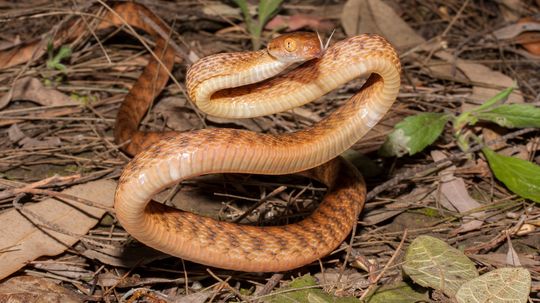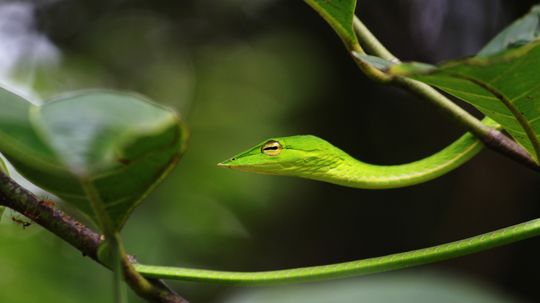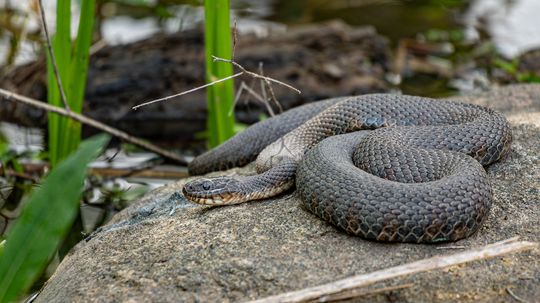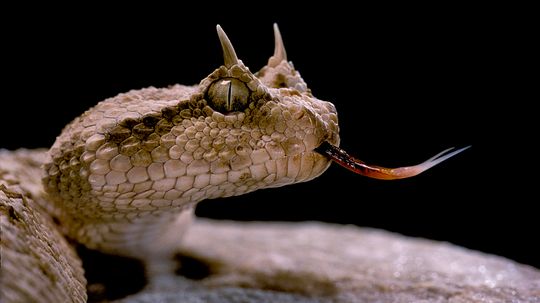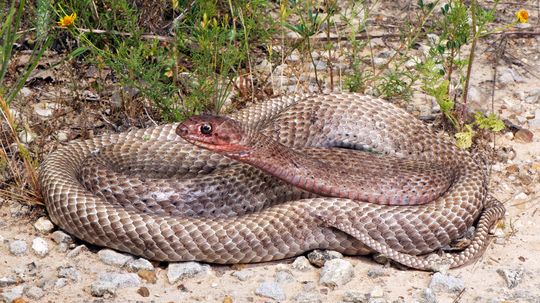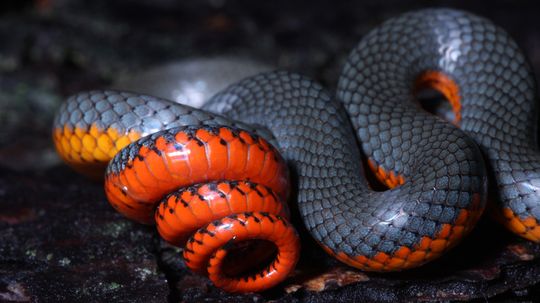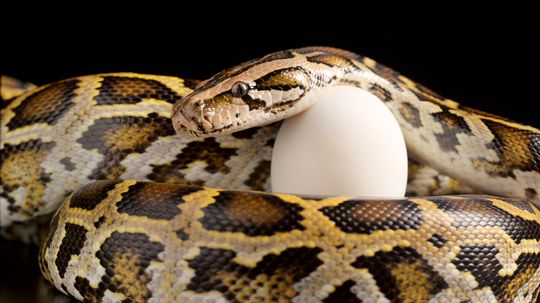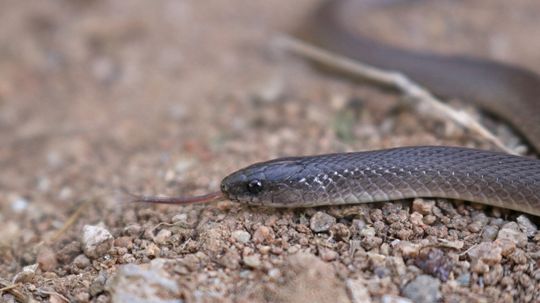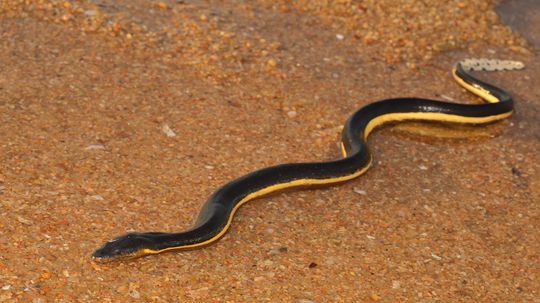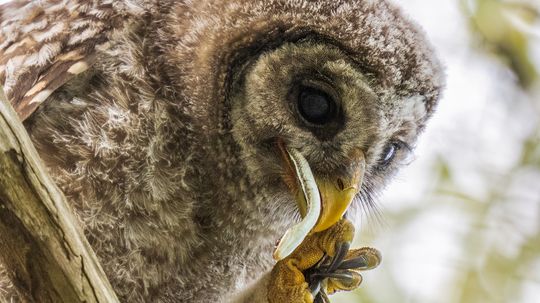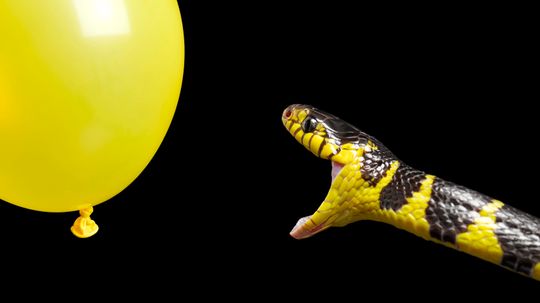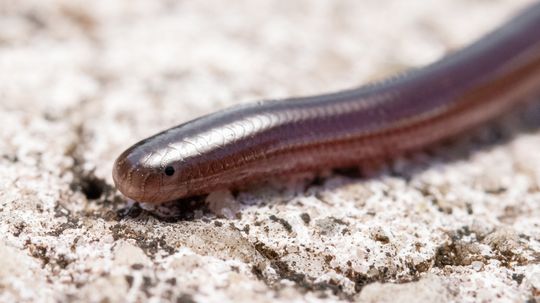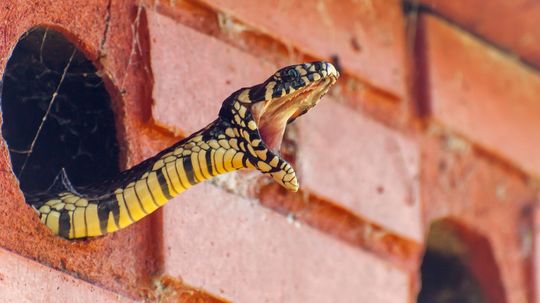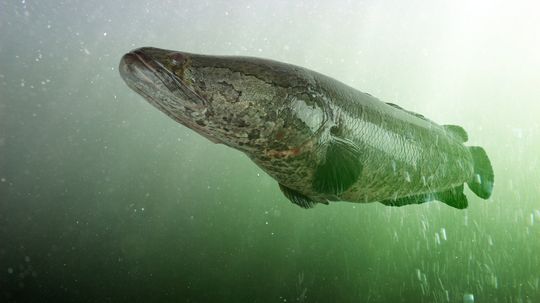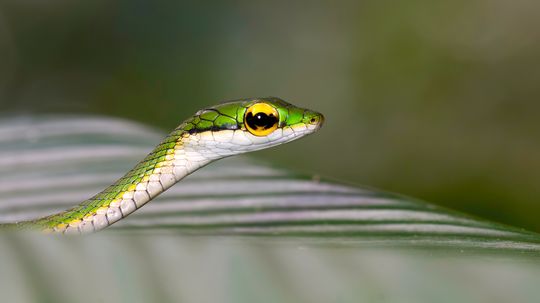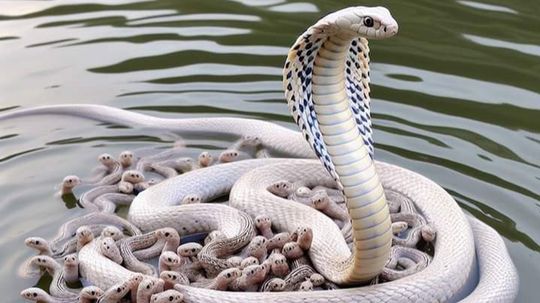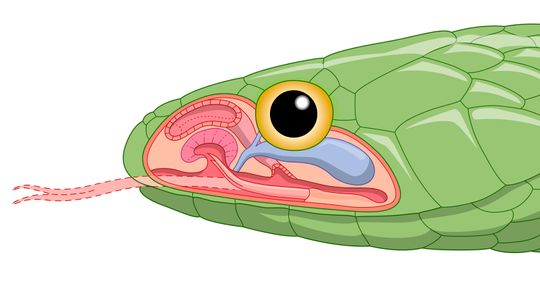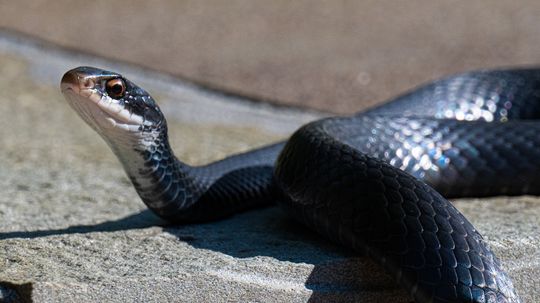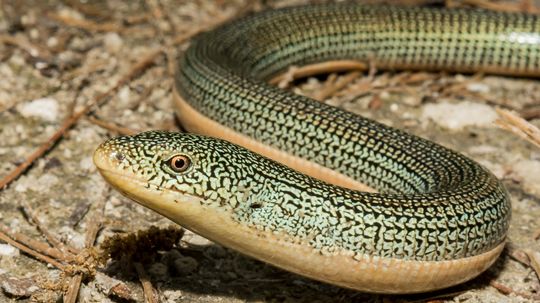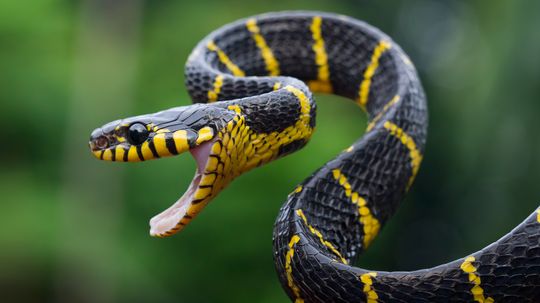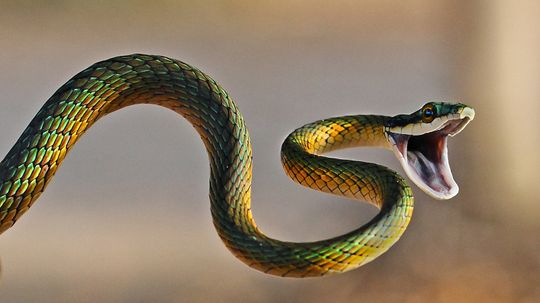Wild Animals
Whether they crawl, fly, swim, slither, walk, run or pounce, wild animals rely on their instincts. Read about all kinds of wild animals, mammals, birds, fish, insects, reptiles and amphibians.
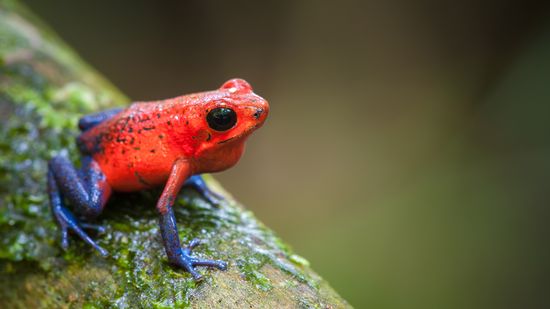
12 Colorful Frog Species: From Tie-dyed Designs to Rare Hues
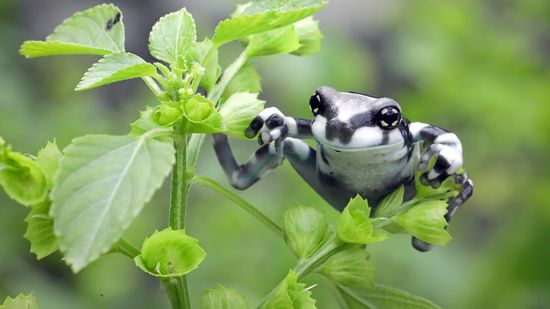
Amazon Milk Frog: Named for Its Defense, Not Its Color
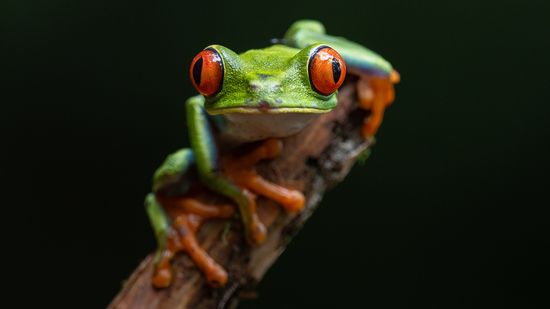
The Red-eyed Tree Frog Has Extremely Sensitive Skin
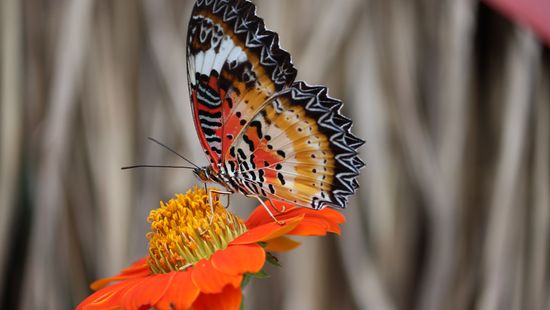
10 Red Butterfly Species Found From India to Florida to Europe
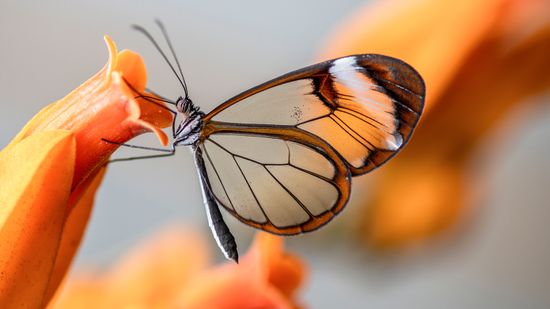
How the Glasswing Butterfly Flutters (Almost) Invisibly
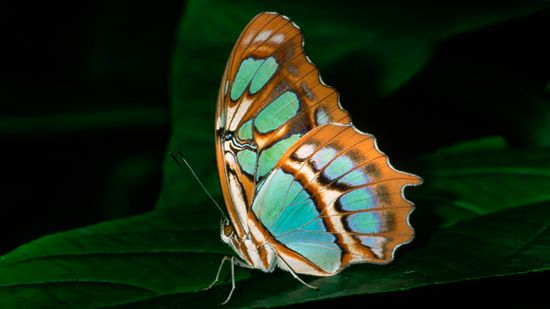
6 Green Butterfly Species Blending in With Their Environments
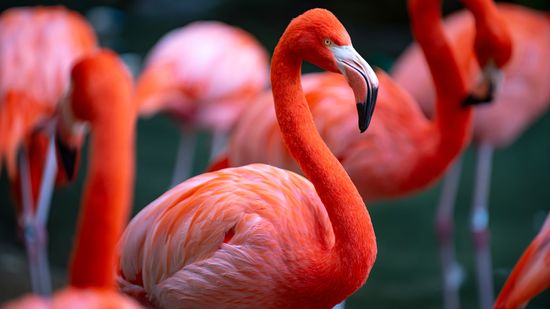
What Is a Group of Flamingos Called? Not a Flock, Another 'F' Word
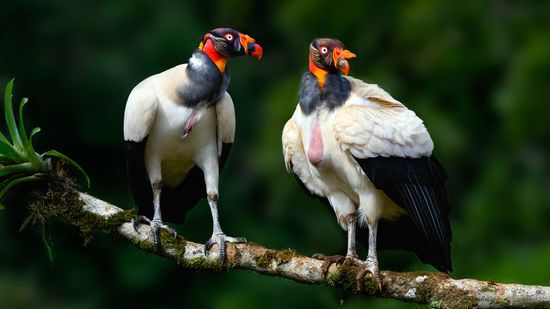
7 Ugliest Bird Species: Evolutionary Qualities That Aren't So Pretty
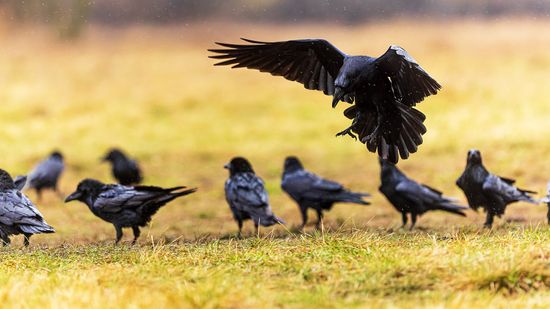
What's a Group of Ravens Called? Not a Murder (That's Crows)
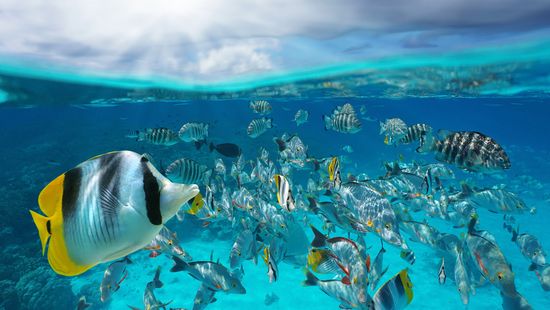
What Is a Group of Fish Called? Not Always a School
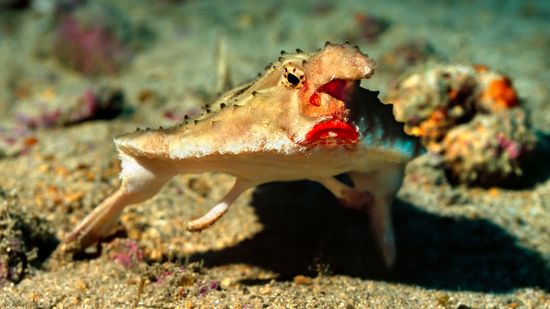
10 Weirdest Fish in the World: Batfish, Hairy Frogfish, and More
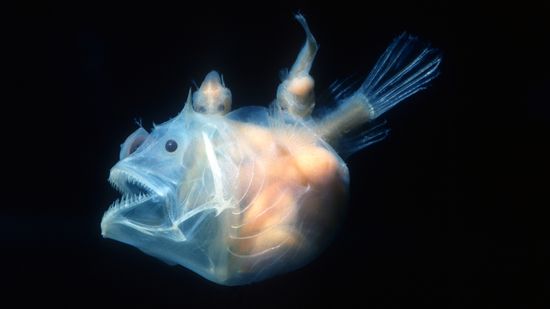
10 Scariest Fish Lurking in Rivers, Deep Ocean Waters, and Shells
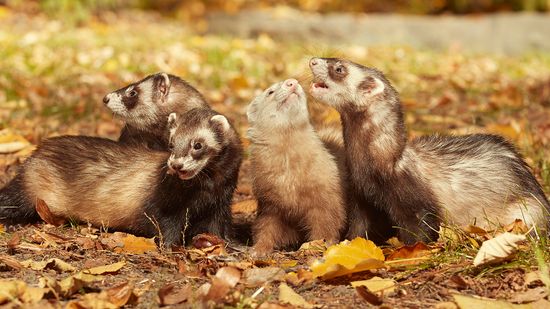
What Is a Group of Ferrets Called? You're Such a Busybody
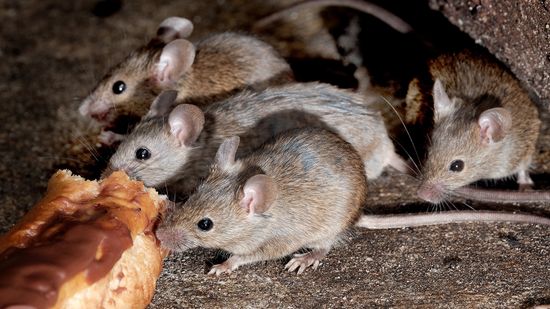
What Is a Group of Mice Called? Not Always a Colony
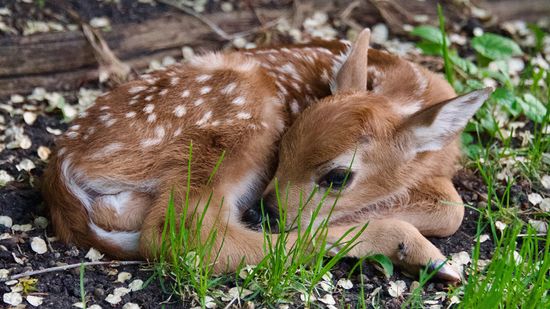
What Is a Baby Deer Called? (Aside From Adorable)
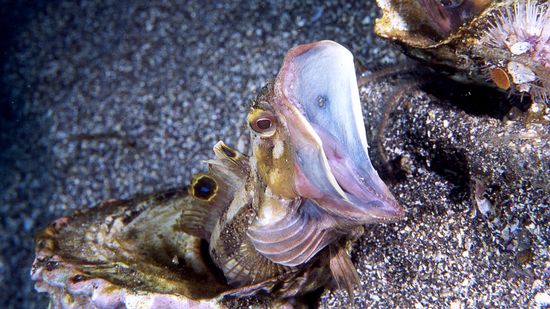
10 of the Scariest Sea Creatures Lurking in the Ocean's Depths
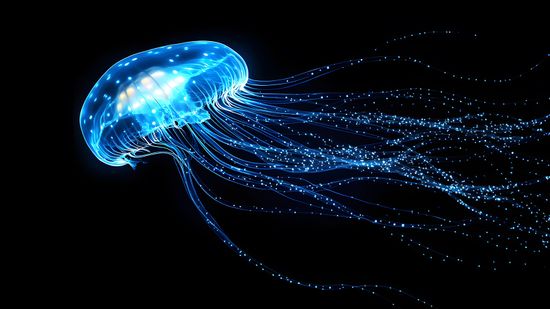
How Bioluminescent Jellyfish Get Their Signature Glow
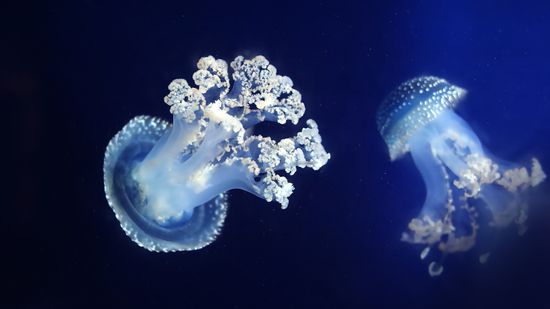
White Spotted Jellyfish: Cute Until They Become Invasive

10 Cutest Snake Species That Have Us Squeeing
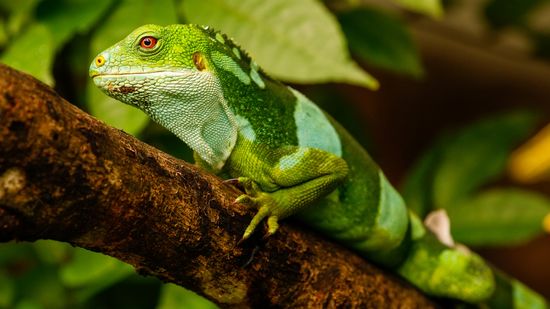
10 Colorful Lizards to Delight Reptile Lovers
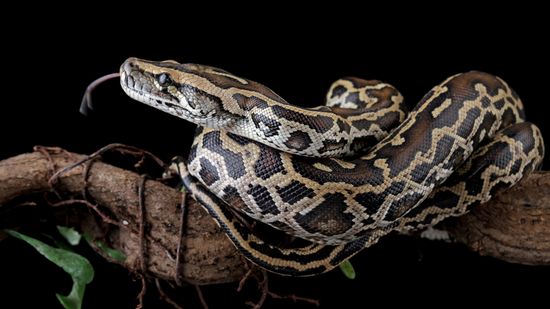
Python vs. Anaconda: Comparing Snakes and Software Languages
Learn More / Page 13
Let’s talk about one slithery critter that's made quite a name for itself: the brown tree snake. These sneaky reptiles may look like your average snake, but they've caused a big stir in some unexpected places.
By Mack Hayden
Slender as a twig and perfectly camouflaged in trees, the vine snake is an adaptable reptile. They live in some of the most lush and vibrant environments, including the forests of South America.
By Yara Simón
The plain-bellied water snake (Nerodia erythrogaster) is a sleek, semiaquatic snake that inhabits central North America. They thrive in both terrestrial and aquatic habitats, making them highly adaptable predators.
By Yara Simón
Advertisement
If you see a horned snake, you'll understand how it got its name: They have unique "horns" near their eyes. These venomous snakes live in deserts and other dry environments, and their adaptations help them survive and hunt in harsh conditions.
By Yara Simón
According to a University of Michigan study, snakes won the evolutionary jackpot, partly because of their speed. These stealthy ambush predators can really get moving when they need to chase down prey or escape danger.
By Yara Simón
Let's talk about one of the coolest movers and shakers in the desert world: the sidewinder snake. Known for its unique way of getting around, this snake has mastered the art of slithering across scorching desert sands in the hottest places on Earth.
By Talon Homer
In North America and other parts of the world, you may encounter a red and black snake along your hike and wonder if you're dealing with a venomous snake species or something like a harmless milk snake.
By Talon Homer
Advertisement
Humans have the birds and the bees to explain the ins and outs of reproduction, but for our slithering friends, the process is far more intriguing. So, how do snakes reproduce?
We're about to dive into the world of a snake you might not have heard much about: the rough earth snake. This small, secretive snake is found in various parts of the United States, and while it might not be as flashy as some other reptiles, it's got some nifty features that make it an important part of its ecosystem.
By Mack Hayden
Join us as we dive into the deep blue to meet one of the ocean's most fascinating and mysterious creatures: the yellow-bellied sea snake.
By Zach Taras
While snakes skillfully hunt their prey, they aren’t at the top of the food chain. From birds of prey to larger mammals, there are plenty of animals in the wild that hunt snakes for a tasty meal.
By Yara Simón
Advertisement
The black and yellow snake is vibrant and eye-catching, and it's not just for show. In the animal kingdom, bright colors often serve as warnings to potential predators.
By Yara Simón
Canada’s a big country — like, really big. And with all that space, it’s no wonder there are some pretty massive cities to go along with it. From coast to coast, the largest cities in Canada aren't just sizable in population; they cover a ton of land too.
By Mack Hayden
Tropical environments are often home to countless reptiles, like snakes, alligators and lizards — the type of wildlife you might expect to encounter during a vacation to one of the Hawaiian islands. But is this the case? Does Hawaii have snakes?
A chicken snake is a type of snake known for raiding chicken coops to eat eggs, birds and small mammals, such as rats and mice. This behavior makes these reptiles both a friend and a foe to farmers.
By Marie Look
Advertisement
Today, we’re going to dive into the world of a perplexing and somewhat notorious creature: the snakehead, aka snake fish. These predatory fish are known for their long, snake-like bodies, aggressive hunting style, and ability to survive on land. What's more, they’re an invasive species in many parts of the world, including the United States.
By Talon Homer
Today, we're going to talk about a snake that glides through the trees of Central and South America: the parrot snake: These slender, vibrant creatures might look delicate, but they're expert hunters with some cool adaptations that help them thrive in the tropical forests.
By Zach Taras
Cobras are some of the most venomous snakes on the planet, also known for their intimidating hoods and swift strikes. But while their venom and striking power make them feared by many, the role of the cobra snake in ecosystems is invaluable, from controlling rat populations to maintaining a balance among predators.
By Marie Look
Unlike most other animals, snakes do not have limbs to help them get from one place to another. Instead, they slither — but there's a little more to snake anatomy than how they move. Finely tuned for survival, snakes have specialized anatomy that let them thrive in diverse environments.
By Yara Simón
Advertisement
The racer snake is sleek and swift. Despite their sometimes intimidating speed, mostly harmless to humans. You may confuse racers for other snakes because of their color, but they have unique behaviors and characteristics that make them stand out.
By Nicole Antonio & Yara Simón
Today, we’re diving into the world of the glass snake, more commonly known as a glass lizard. They aren’t actually snakes at all; they’re several species of legless lizard. That's right, glass lizards look an awful lot like snakes, but they have some key differences that set them apart.
By Talon Homer
Have you ever wondered what happens to snakes when cold weather arrives? Do snakes hibernate like bears and other animals, or do they do something else?
Slither into the world of the mangrove snake — one of the coolest reptiles in the mangrove forests of Southeast Asia. These snakes are not only sleek and stunning with their black bodies and bright yellow bands, but they’re also equipped with some fascinating adaptations that make them incredible hunters.
Advertisement
The African house snake is a small, nonvenomous snake native to southern Africa, often kept as pets due to its docile nature and ease of care. If you're into reptiles, you may have heard of them, but if not, you're in for a treat!
By Talon Homer
Have you ever found yourself asking the question, "How long do snakes live?" Well, you're not alone. Whether in the wild or as pets, snakes have varying lifespans depending on their species and environment.
By Zach Taras
